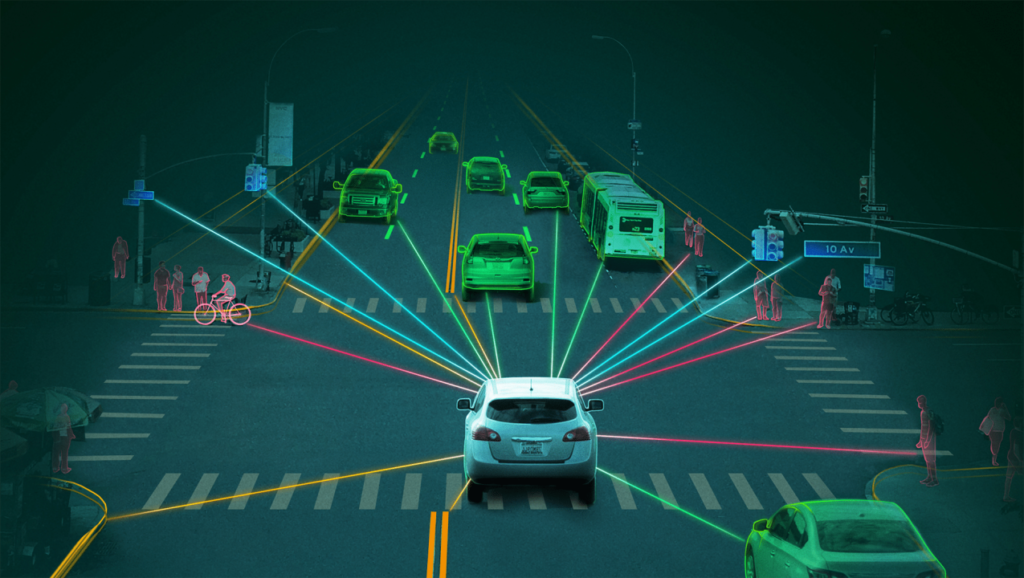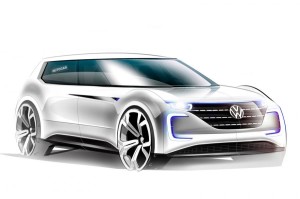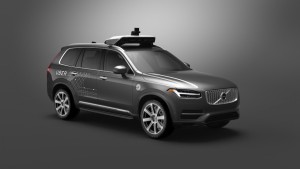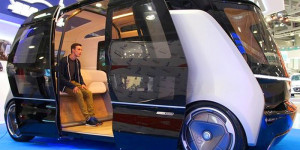
As we accelerate into an era dominated by technological advancements, the integration of Artificial Intelligence (AI) in driving stands out as a significant disruptor. While enthusiasts hail it as the beacon of safer roads and efficient transportation, critical scrutiny is essential to unravel the complexities that come with this evolving landscape. This post delves into the current trends in AI-driven driving technology, reflecting on its implications, and questioning some prevailing perspectives.
- AI’s Role in Safety: A Closer Look at Real-World Efficacy
- Recent studies, such as the one conducted by the Insurance Institute for Highway Safety (IIHS), question the real-world efficacy of some AI-driven safety features. For instance, automated emergency braking systems, while promising in controlled environments, may face challenges in unpredictable real-world scenarios1. This prompts us to critically assess whether the touted safety benefits are universally applicable.
- Autonomous Vehicles: The Ethical Quandary
- While autonomous vehicles promise a future where road accidents are significantly reduced, the ethical decision-making processes of these vehicles raise concerns. A widely debated scenario involves the “trolley problem,” where the AI must choose between saving the occupant or pedestrians in a critical situation2. This ethical dilemma underscores the need for a thoughtful examination of the societal impact of autonomous driving.
- Data Privacy and Security: A Roadblock in the Fast Lane
- The growing dependence on AI in driving raises substantial concerns about data privacy and security. Recent cyber attacks on connected vehicles and instances of data misuse underscore the vulnerabilities associated with the extensive data collection required for AI systems to operate effectively3. As we celebrate the technological strides, it’s imperative to address the potential pitfalls in safeguarding user data.
- Economic Disparities in Access to AI-Driven Features: A Digital Divide
- The proliferation of AI in driving is not uniform, leading to an emerging digital divide. While luxury vehicles often come equipped with the latest AI-driven features, there’s a disparity in the adoption of these technologies across different socioeconomic groups4. This raises questions about inclusivity and whether the benefits of AI in driving are reaching all segments of society.
- The Regulatory Challenge: Navigating the Intersection of Innovation and Governance
- Striking the right balance between fostering innovation and ensuring public safety is a significant challenge. The regulatory landscape for AI in driving is still evolving, and governments worldwide are grappling with creating frameworks that encourage technological advancements without compromising on safety and ethical standards5. The dynamic nature of AI requires agile regulatory responses to keep pace with technological developments.
Conclusion: As we navigate the contours of AI in driving, it’s crucial to adopt a critical lens that transcends the excitement surrounding technological breakthroughs. While the potential benefits are substantial, addressing ethical, safety, and societal implications is paramount. The road ahead involves not only embracing innovation but also carefully managing the complexities that arise at the intersection of technology and human lives.
Sources:
- IIHS Study on Automated Emergency Braking ↩
- The Trolley Problem in Autonomous Vehicles ↩
- Challenges in Securing Connected Vehicles ↩
- The Digital Divide in Autonomous Vehicles ↩
- Regulating AI in Driving: A Global Perspective ↩
AI generator: chat.openai
Used promts:
- self driving car
- AI and driving
- advantages and disadventages of self driving car




